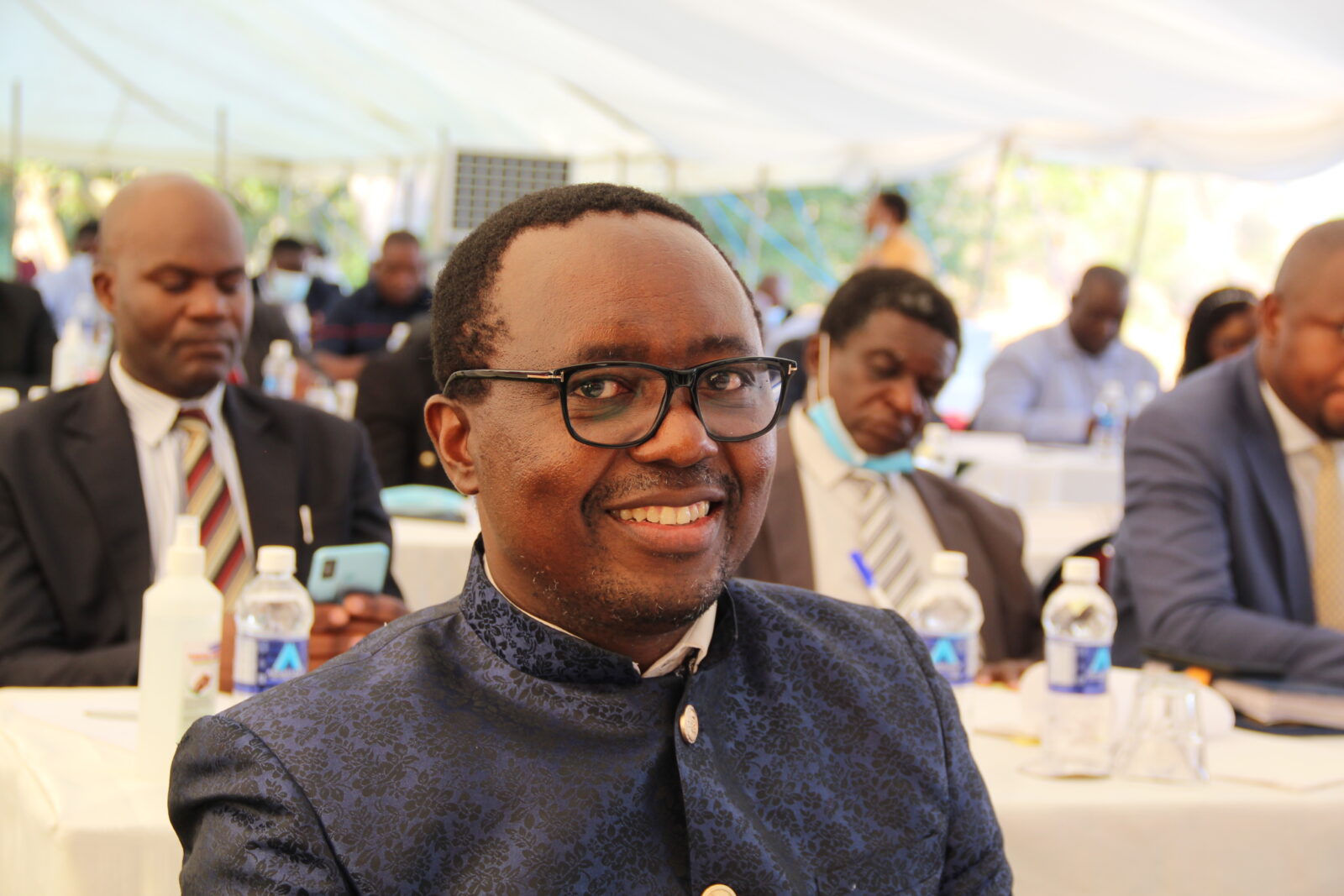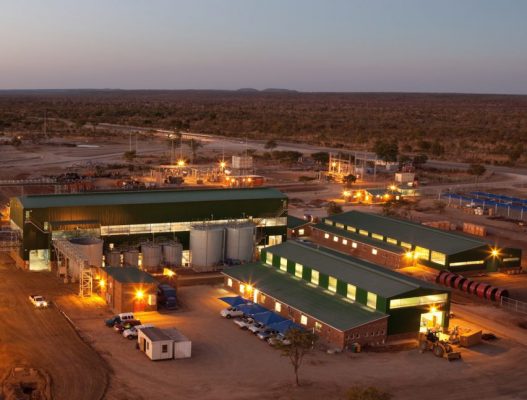Parly disappointed with the slow implementation of the Cadastre system

The Parliamentary Portfolio Committee on Mines and Mining Development has expressed disappointment over the slow implementation of the Mining Cadastre system.
Rudairo Mapuranga
Speaking at the Capacity Building Workshop on the Mines and Minerals Amendment Bill for the Portfolio Committee on Mines and Mining Development, the committee’s chairman, Hon Edmond Mkaratigwa said that the cadastre completion is key to addressing some of the conflicts in the mining sector therefore it is critical for it to be registered by the time the Bill is signed into law by President Emmerson Mnangagwa.
“I will now touch on the Computerized Cadastre System. The relevant Clauses of the Bill are very clear that the Bill will be effective once the President signs it into law. Section 19 of the Bill which touches on the Cadastre System however remains suspended until the installation of the Cadastre System has been completed. I want to express my disappointment in that regard. For the past five years, the Committee on Mines has been lobbying for the completion of the Cadastre System and all the time we have been assured that it was almost complete. Now we have started another year and there is still a lot of doubt on whether this technology will ever be there by the time the Bill is signed into law. Yes, it is highlighted in this Bill that the Computerized Cadastre System will be completed anytime soon, but “any time soon” is not a quantifiable measure of time, hence difficult to monitor and evaluate. Further, such language may not be necessary for a law that will survive for over 10 years to come. The Mining Cadastre Registry is very important in addressing some of the conflicts in the mining sector such as those relating to over-pegging, boundary disputes and so on. I am demanding that the Mining Cadastre Registry be finalized by the time this Bill is assented into law by His Excellency the President of the Republic,” Mkaratigwa said.
The implementation of the Mining Cadastre Information Management System is expected to be done by the end of this year. Speaking during the 2023 edition of the Investing in Africa Mining Indaba held in Cape Town, the Minister of Mines and Mining Development Hon Winston Chitando said the government has made a commitment to issue the cadastre system by December 2023.
The Mining Cadastre Portal provides an e-Government platform for all stakeholders in the mineral sector to engage directly with the mining commissioners who issue mining certificates. The aim of the Portal is to ensure international standards of transparency with an emphasis on improving the ease of doing business in Zimbabwe.
The computerized cadastre Portal will be open for registrations for existing mineral titleholders who will have a period to verify and validate their individual mineral titles. Once verified, registered users will be able to view their portfolios and provide feedback on title data. Online applications and other portfolio management functionality will commence after the inauguration of the system.
Currently, the Ministry of Mines and Mining Development is flooded with several running disputes caused by over-pegging and double allocation of mining titles which at times results in chaos in the sector.
The introduction of the new mapping system is therefore expected to bring sanity to Zimbabwe’s mining sector, the Southern African country’s single largest foreign currency earner, and spur growth through that economic segment.
Advantages of the cadastre system
- The computer-based cadastre system is expected to enhance transparency and accountability in the administration of mining titles.
- The cadastre system will have all records of interest in the land such as licence holders’ rights, restrictions and government activities.
- The computerised mining register is also expected to be the central database for the storage of information on applications and licences.
- It is also expected to reduce processing time for the issuance of mining titles and other mining services in line with best practices across the globe.
- Currently, mining licence separations are marked on the ground by metal stakes, concrete beacons, or some other fixed points surveyed using conventional methods such as theodolite or archaic methods involving tape and chains. This method has been criticized for breeding corruption in the allocation of titles.
- The cadastre system will therefore help curb corruption in the allocation of mining claims.



